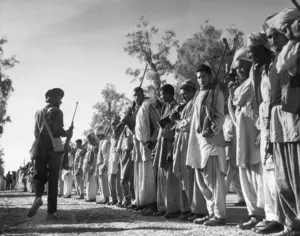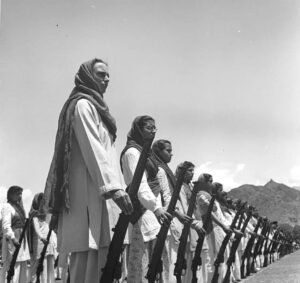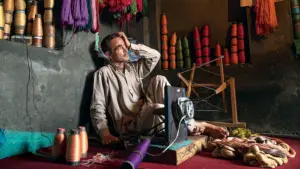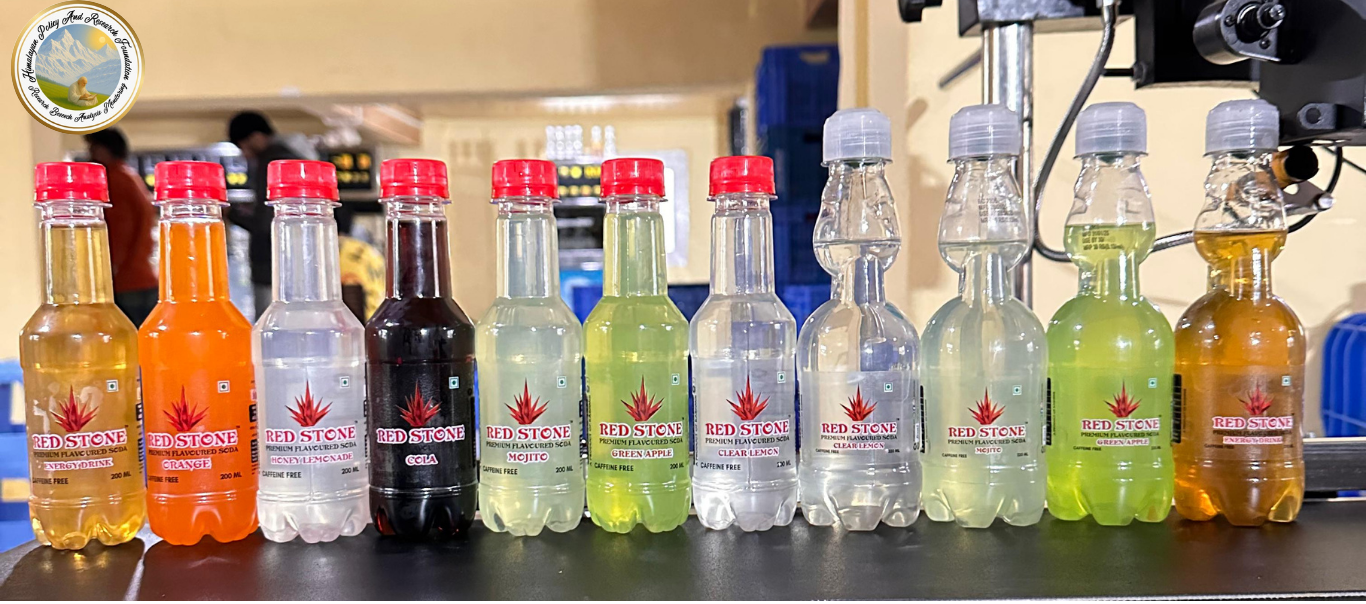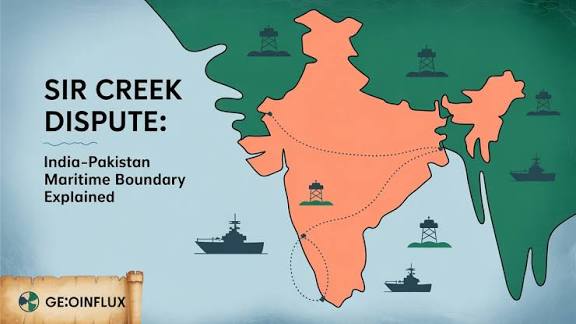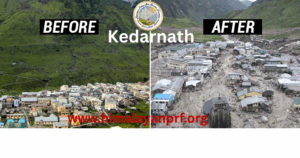BY: Irshad Bhat, Research Scholar in Political Science (Governance and Public Policy).
When I first reached Arihal in Pulwama on a slightly cold morning, the air carried the faint smell of apples from nearby orchards mixed with the distinct hum of traffic on the roads. Nestled between modest houses and stretches of farmland stood an unexpected sight: a small but vibrant soft drink manufacturing unit with the bright name Olive foods under Trade name Red Stone written across its gate. This was not the usual image one associates with Pulwama, a place too often painted in the outside world by conflict and tragedy. Here, however, was a story of an experiment in entrepreneurship, and in many ways, a living example of what government policy slogans like Atmanirbhar Bharat try to capture in abstract terms.
The man behind the unit, Aqib Raina, is young, educated, and restless in the way many Kashmiri youth are today. During our conversation, he told me he was tired of hearing that opportunities did not exist in Kashmir. “Opportunities are not handed over. You have to make them,” he said with a quiet firmness. His words stayed with me as I walked through the unit- the buzzing sound of bottling machines, the clinking of glass bottles, the sharp smell of carbonation filling the air. This was not a dream borrowed from outside; it was an indigenous effort to carve a space for local production in a market flooded by multinational giants.
Local Ground, Global Challenge
The soft drink market in Kashmir has long been monopolised by multinational brands. Every roadside shop displays familiar logos in red, blue, or green. Against this backdrop, the very idea of a local beverage competing for shelf space appears almost audacious. Yet Red Stone positions itself not only as a business but also as a statement: that local entrepreneurs can manufacture, brand, and distribute at a scale that disrupts dependency on outsiders.
During my interactions with shopkeepers in Pulwama town, I asked them whether they were willing to keep Red Stone alongside the bigger names. Some were hesitant at first. “Customers ask for what they already know,” said Tariq Ahmad, who owns a grocery store near the bus stand. “But when they see something new, especially local, curiosity makes them try it. And if it tastes good, they return it.” This curiosity is precisely what Aqib has tried to tap into -positioning Red Stone as affordable, accessible, and distinctly Kashmiri in its identity.
The Production Floor
Walking through the unit felt like entering a world that was both familiar and new. On the one hand, the process was standard- water treatment, carbonation, flavour mixing, bottling, sealing, and packaging. On the other hand, there was a unique pride among the workers. One of the employees, a young man from a nearby village, told me, “I could have gone to Chandigarh or Delhi for work, but here I am earning in my own district.” For him, the significance was not just about wages but about dignity and rootedness. This is where Red Stone’s importance deepens – beyond business metrics, it becomes about retaining youth in their own land, anchoring them in meaningful work.

The workforce was modest but dedicated. Most of them had been trained on the job, learning how to operate machines that, until recently, they had only seen in big factories on television. There was nervousness, of course, but also an evident pride in being part of something new. Watching them, I realised that the narrative of Atmanirbhar Bharat is not only about grand national visions but also about these micro-realities where young men and women learn skills, adapt, and take ownership.
The Struggles of Being Local
Yet, romanticism alone does not sustain an enterprise. Aqib was candid about the difficulties. “Electricity is unreliable, transport costs are high, and banks do not trust us easily,” he said, his frustration evident. Indeed, during my visit, a power cut halted production for half an hour. Workers stood around waiting, sipping tea, until the machines roared back to life. This was not a rare incident but a daily battle.
Moreover, the dominance of established players in the market is overwhelming. Multinational companies spend enormous sums on marketing, sponsor local events, and maintain robust distribution networks. In contrast, Red Stone relies heavily on personal persuasion and word of mouth. As one distributor told me, “Coca-Cola has trucks, banners, and sales agents everywhere. Red Stone has only its taste and the goodwill of being local.” That goodwill matters but may not be enough if structural challenges are not addressed.
Community Response
What struck me during my fieldwork was the layered response from the community. For some, the Red Stone is a symbol of hope. “We always complain that our youth only want government jobs or migrate,” said a retired teacher I met in Arihal. “Here is a young man creating jobs, not waiting for them. Should we not support him?” Others, however, remained skeptical. “Kashmiris start many things, but how many survive?” asked a shopkeeper. The skepticism is not misplaced. Many small-scale units in Kashmir have withered due to inconsistent policy support, logistical hurdles, and lack of sustained investment.
Still, there is something quietly radical about Red Stone. It is not just producing beverages; it is slowly altering imagination. When children buy a bottle of Red Stone after school, they are not just consuming a drink but also internalising the idea that local products can be just as good, if not better, than what comes from outside. That psychological shift is perhaps the most valuable contribution of this small factory.
Linking to Atmanirbhar Bharat
Government slogans often remain distant from lived reality. In Kashmir, with its unique political and economic challenges, the gap is even wider. Yet Red Stone demonstrates how Atmanirbhar Bharat can acquire meaning when interpreted locally. Self-reliance here is not about isolation but about resilience -creating alternatives that reduce dependency while nurturing pride in indigenous capacity.
Aqib himself is conscious of this. “I don’t want Red Stone to be seen as just my business,” he told me. “I want it to be seen as a local movement.” His words echo the idea that economic initiatives can become cultural symbols. Red Stone is not merely filling bottles with carbonated liquid; it is filling a vacuum of imagination where young people believe they can shape markets rather than only consume from them.
Beyond Economics
During my fieldwork, I noticed how the unit had become a gathering point of sorts. Local youths dropped by, curious to see the machines or to ask about work. Parents sometimes brought their children, showing them the setup with a kind of pride. “Look, this is made in Pulwama,” I overheard one father telling his son. These are small gestures, but they reflect how a business can become part of community identity.
Moreover, the impact extends to allied sectors. Farmers supplying fruits and flavors, transporters carrying crates, and shopkeepers selling the product -all become part of a growing local chain. This ripple effect is crucial in a place like Kashmir where the economy has long been disrupted and fragmented.
The Road Ahead
Despite its promise, the road ahead for Red Stone is steep. Scaling up production will require steady electricity, easier access to finance, and better distribution channels. Marketing will also be essential to compete with multinational giants. Aqib is aware of this. “I cannot fight them in advertisements, but I can win through taste and trust,” he said with conviction. Whether that conviction is enough remains to be seen, but it carries the spirit of resilience that characterises many Kashmiri initiatives.
At a deeper level, Red Stone represents a question that haunts Kashmir’s development trajectory: Can local enterprise survive in the face of structural neglect and global competition? The answer is uncertain, but the attempt itself is transformative. By daring to produce, by refusing to accept consumer dependency as natural, Red Stone is already altering the texture of economic imagination in Pulwama.
Conclusion
As I left the unit, the sound of machines still echoing in my ears, I carried with me more than just field notes. I carried a sense of possibility. Red Stone may succeed or it may struggle, but its significance is larger than its balance sheets. It reflects a hunger among Kashmiri youth to break stereotypes, to innovate, and to assert agency over their economic lives.
In the end, Red Stone is not just about a soft drink. It is about reclaiming dignity through enterprise, about writing a narrative of Pulwama that goes beyond conflict, and about reminding us that slogans like Atmanirbhar Bharat only matter when grounded in the courage of individuals who dare to act. Aqib Raina’s unit is small, but its message is powerful: in the lanes of Arihal, amidst the orchards and the uncertainty, a red stone has been placed -solid, local, and unafraid to sparkle in the face of giants.

